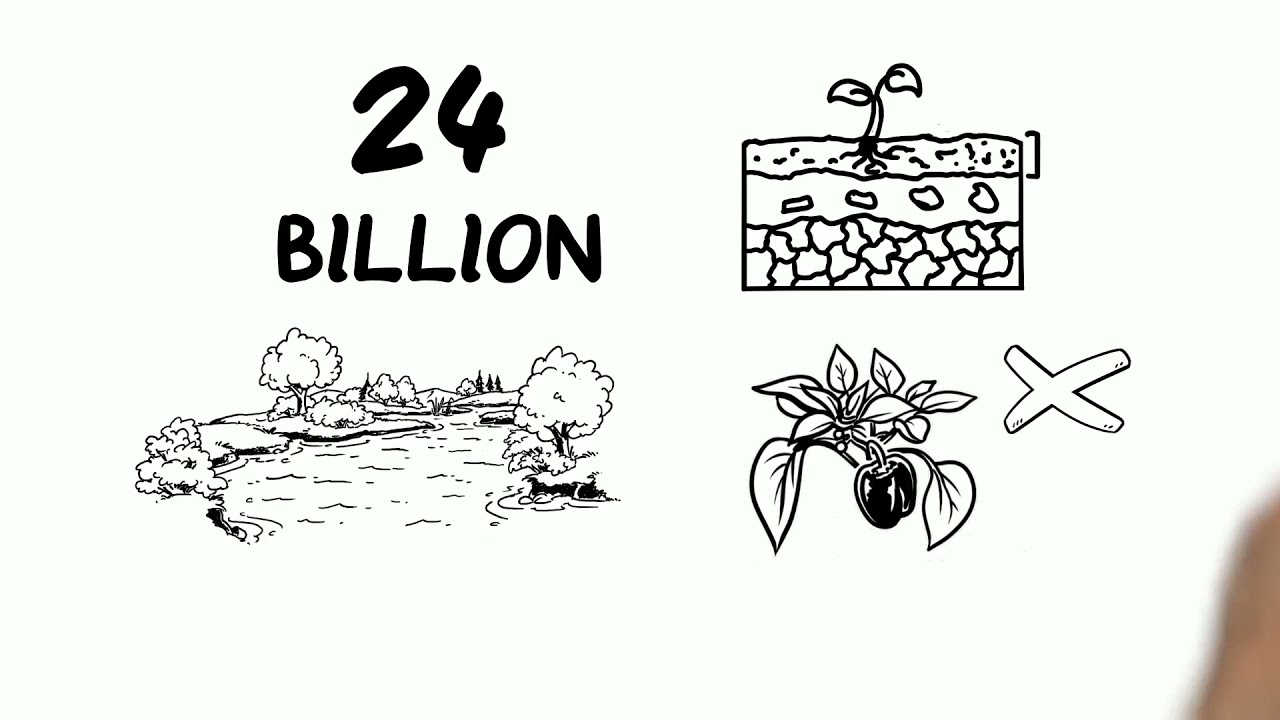
The world is facing pressing challenges.
Achieving the United Nations Sustainable Development Goals, particularly zero hunger, climate action, and life on land, will require more sustainable food systems.
One of the best chances for achieving this more sustainable future lies directly underneath us: our planet’s soil. This natural resource is one of the most precious things on earth. And often the most undervalued. There can be no food without healthy soil, and there can be no life without food.
Healthy soil is vital to supporting healthy and sustainable food systems. It ensures not only productive crops but also provides nutrients for healthy food. Improving soil health also increases carbon sequestration since healthy soils store more carbon.
According to the United Nations Food and Agriculture Organization, soils host an estimated 25% of the world’s biodiversity, meaning healthier soil also improves biodiversity.
Rising temperatures, combined with drought and floods, have exacerbated soil degradation and erosion. In fact, we lose upwards of 24 billion tons of topsoil each year, some of which is deposited in waterways and reservoirs with severe adverse impacts on the global economy and environmental quality. By protecting and valuing our planet’s soil, we can help mitigate climate change, boost agricultural productivity, and feed our growing population.
Promoting agricultural innovations and practices that advance soil health is one important way to maintain and even increase productivity while positively impacting biodiversity and climate action. Farmer access to agricultural innovations that improve soil health is critical to reverse biodiversity and land loss, restore lost topsoil, and address climate change.
By increasing investment and collaboration across sectors, we can make science-based decisions to preserve the world’s soil. And with a commitment to preserving and improving soil health, we can continue to make progress on the Sustainable Development Goals.
source






